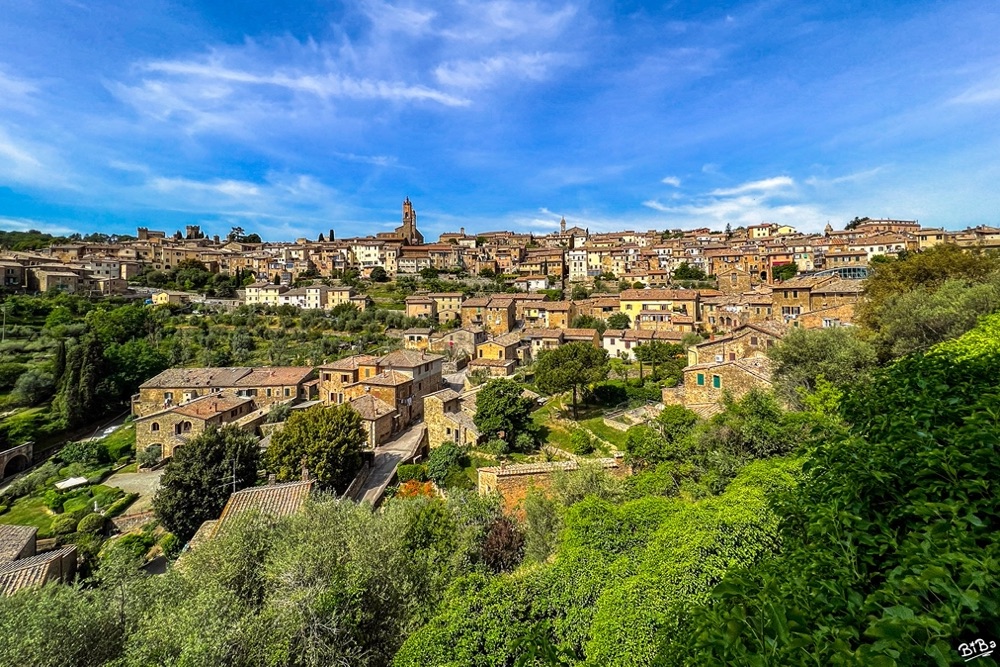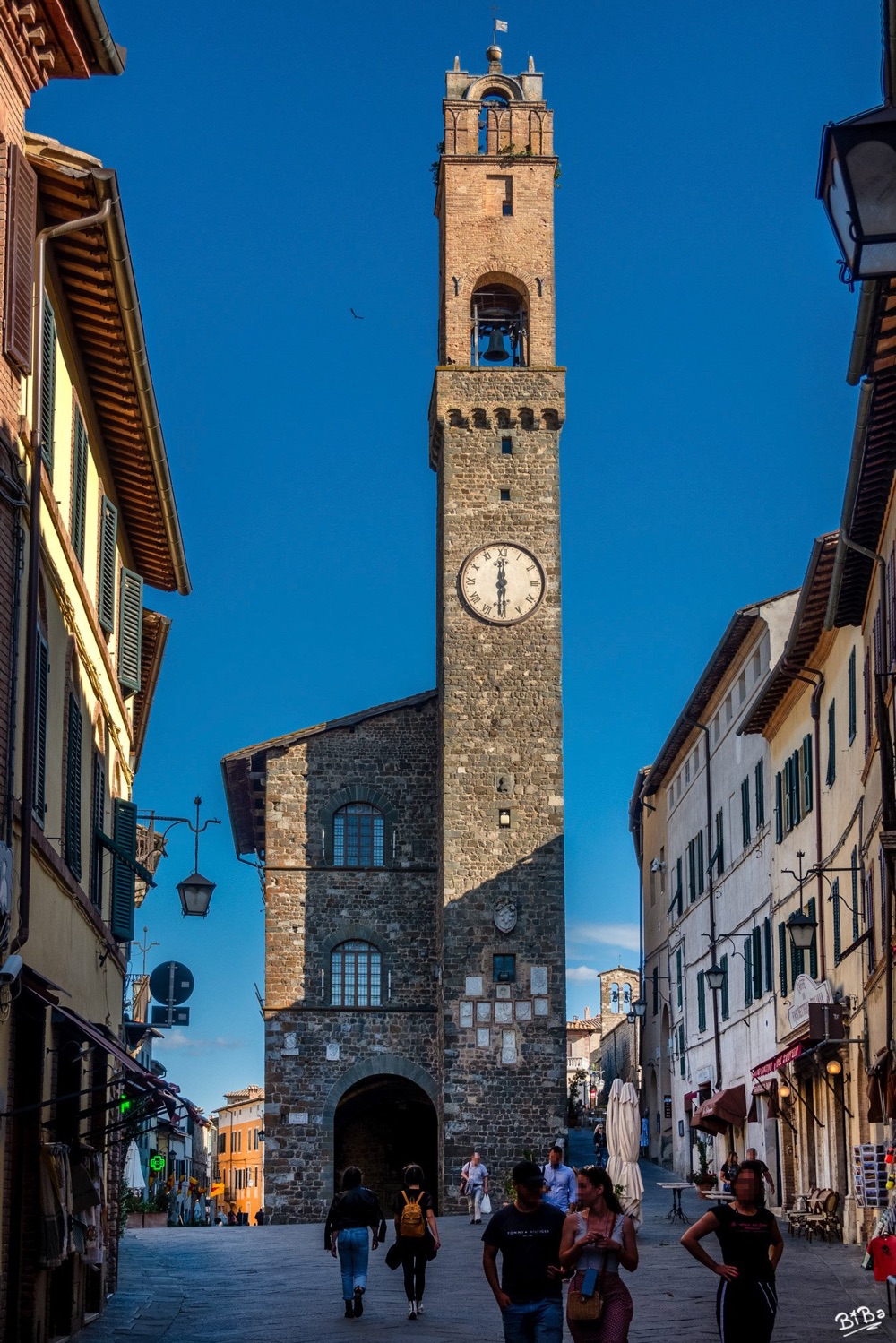Rosso di Montalcino: The Quintessential Tuscan Wine
What are the origins of Rosso di Montalcino?
Produced only within the historical municipal area of Montalcino, Rosso Montalcino earned its DOC appellation in 1983. Prior to this, it was marketed as “Vino Rosso dai Vigneti di Brunello” – Red Wine from Brunello Vineyards – and there were no regulations for it.
In the 60s and 70s the bottles of Brunello produced in Montalcino were few because the price was high and producers were not able to sell it so, in order to get some “quick cash”, a part of the wine which would become Brunello was bottled right away as the Red Wine from Brunello Vineyards and sold quickly at much lower prices.
At the end of the 80s and especially in the 90s, all wineries in Montalcino started to increase the production of Rosso di Montalcino as a mid-range wine was essential to make it in some important markets such as in Europe and the United States.


What grape variety is Rosso di Montalcino produced?
Rosso di Montalcino is produced with the Sangiovese Grosso variety, known only in Montalcino as Brunello. The name “Brunello” comes from the fact that in the past, the color of Sangiovese was not as bright as it is today. With the BBS 11 clone (Brunello Biondi Santi 11), they were able to produce wines that were brighter in color, and, for this reason, locals started to call it Brunello, which means dark. In the 60s and 70s, some producers started experimenting with other Sangiovese Grosso clones which would be able to adapt better to the different altitudes and types of terrain.

What are its characteristics?
From the characteristics that are similar to its “big brother” Brunello di Montalcino, Rosso differs in its shorter ageing period as well as not as much body and shorter longevity.
The color is a brighter ruby red compared to Brunello di Montalcino. The tannins are softer and, as a younger wine, it is fruity and floral. It is the classic wine that everyone enjoys.
It can be produced from the roughly 600ha which are registered as Rosso vineyards or from declassified Brunello. Each year, the 250 wineries release about 3.5 million bottles of Rosso on the market, most of which is consumed within two years from release.
Regulations state that it can be released on the first of September of the year after the harvest and that there is no requirement to be aged in barrels. In practice, most producers age their Rosso di Montalcino from 6-12 months in wooden barrels and release it on the market 15-18 months after the harvest.
Who are the best producers?
It is difficult to say who the best producers are, also because taste is very subjective. Surely a special mention goes to those wineries which started to produce Rosso di Montalcino from single vineyards like Caparzo with “La Caduta”, Ciacci Piccolomini with “Rossofonte”, Banfi with “Poggio alle Mura” Rosso, Col d’Orcia with “La Banditella”, Fattoria del Pino with “Il Jeccardo” and Il Marroneto with “Ignaccio”. In the past, this practice was only carried out for the best Brunello di Montalcino but today it is becoming more and more common.
Other wineries age their Rosso di Montalcino longer in wood with a careful selection of the grapes. Poggio di Sotto, Biondi Santi, Stella di Campalto and Pian dell’Orino are certainly emblematic of this particular style, which brings Rosso di Montalcino closer to Brunello in its qualities and ageing potential.

How much does a bottle of Rosso di Montalcino cost?
The price of Rosso di Montalcino is certainly affordable compared to Brunello di Montalcino with the average price of €15-€25 per bottle and up to €30-€60 for some producers.

What can Rosso di Montalcino be paried with?
Rosso di Montalcino is a versatile wine which pairs well with pretty much anything: pasta, charcuterie, and, in some cases, chowders in addition to the classic game and grilled meat.
How to enjoy it
A medium-aged wine, it shows its best in 2-5 years, but some vintages can be opened after 10 years. Lately some producers have started to bottle their Rosso di Montalcino in Magnums (1.5L) and double Magnums (Jeroboam, 3L) as their Rosso is suitable for medium-long ageing and the market demands this type of wine, especially in restaurants. Unlike Brunello, it is not usually necessary to open the bottle beforehand or decant it.
Where can Rosso di Montalcino Riserva be purchased?
From us, of course! We are a well-established wine shop located in the main square of Montalcino and have been in this field since 1988. Here you can find an incredible range of producers and vintages. If you are looking for something and you don’t see it on the website, just send us an email and we will try to accommodate your request.







































